In a world where design increasingly blends utility with whimsy, a new genre is emerging—edible devices that do more than serve a purpose: they nourish, delight, and surprise. Whether engineered for emergency relief, creative play, or futuristic celebration, these inventions transform user interaction into a fully sensory experience—where engagement includes not just touch and sight, but taste. Together, they signal the rise of a deliciously unexpected design movement, where form, function, and flavor seamlessly converge.
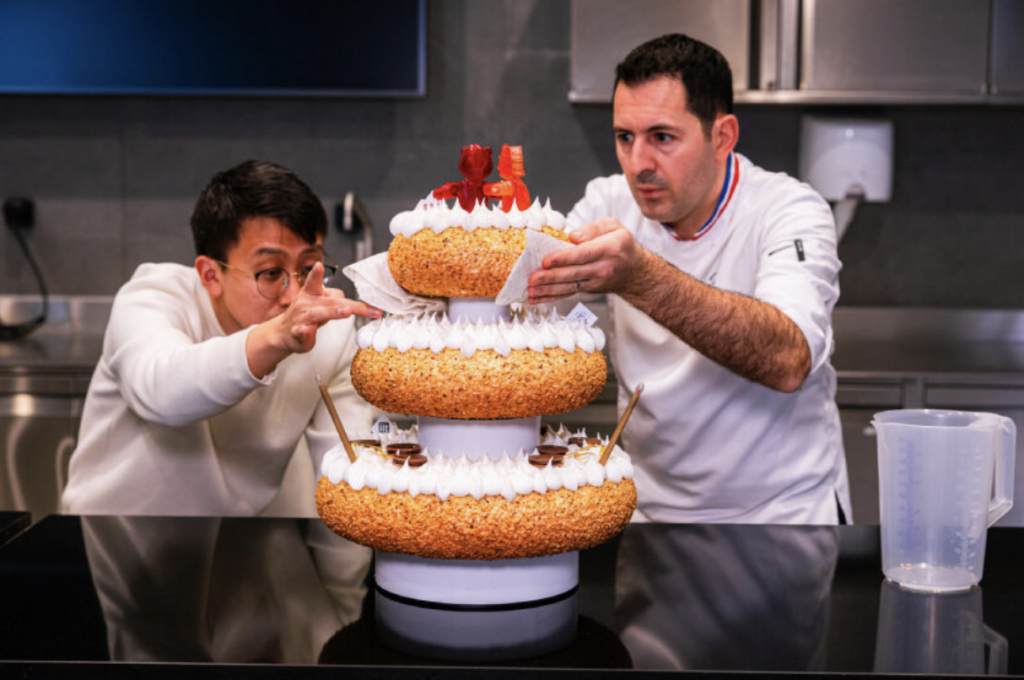
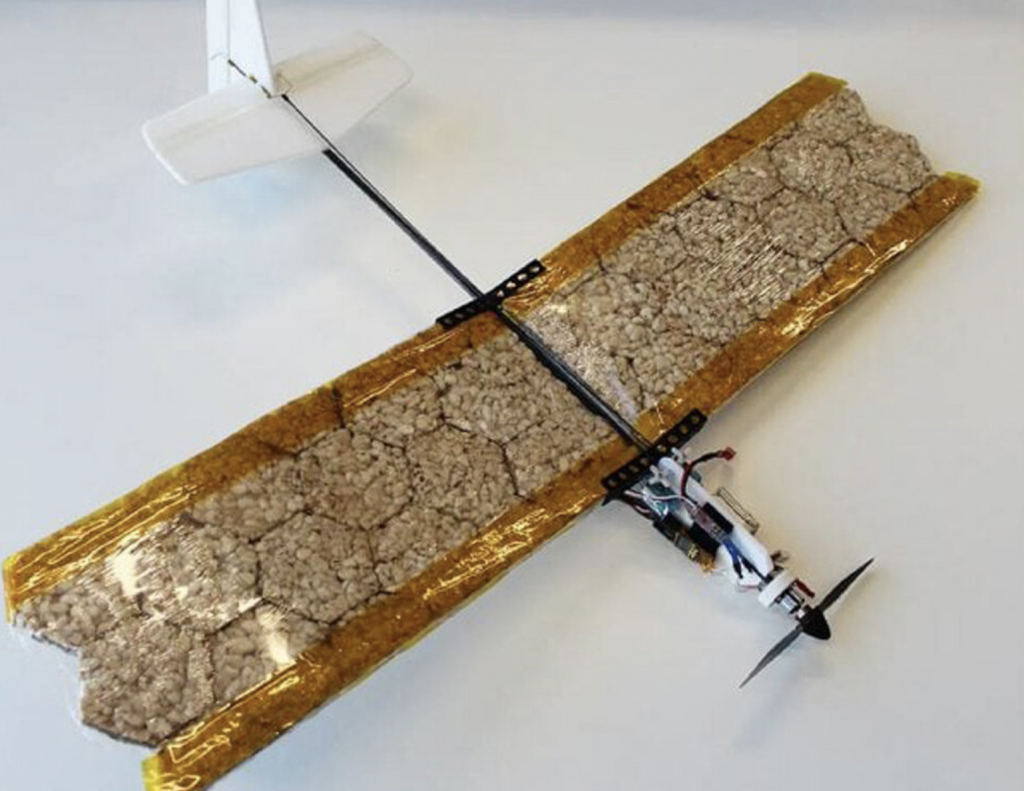
Edible drone by EPFL
In an innovative leap merging design, engineering, and humanitarian aid, a research team at the Swiss Federal Institute of Technology in Lausanne (EPFL) has created a drone with edible components designed to save lives in remote emergencies. The lightweight aircraft features wings made of rice cakes attached to a basic fuselage, tail, and propeller unit. Designed with stranded adventurers and injured mountaineers in mind, the drone provides a life-sustaining food source when survival is uncertain and rescue is still hours—or days—away.
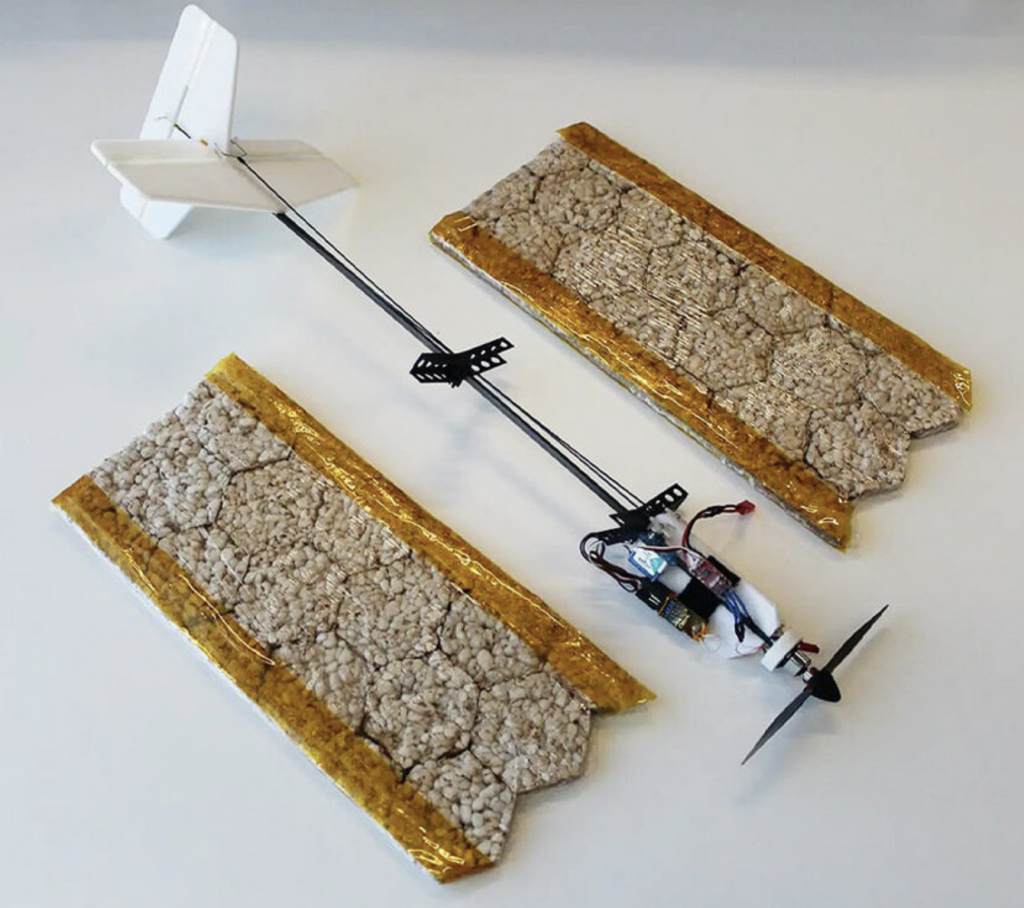
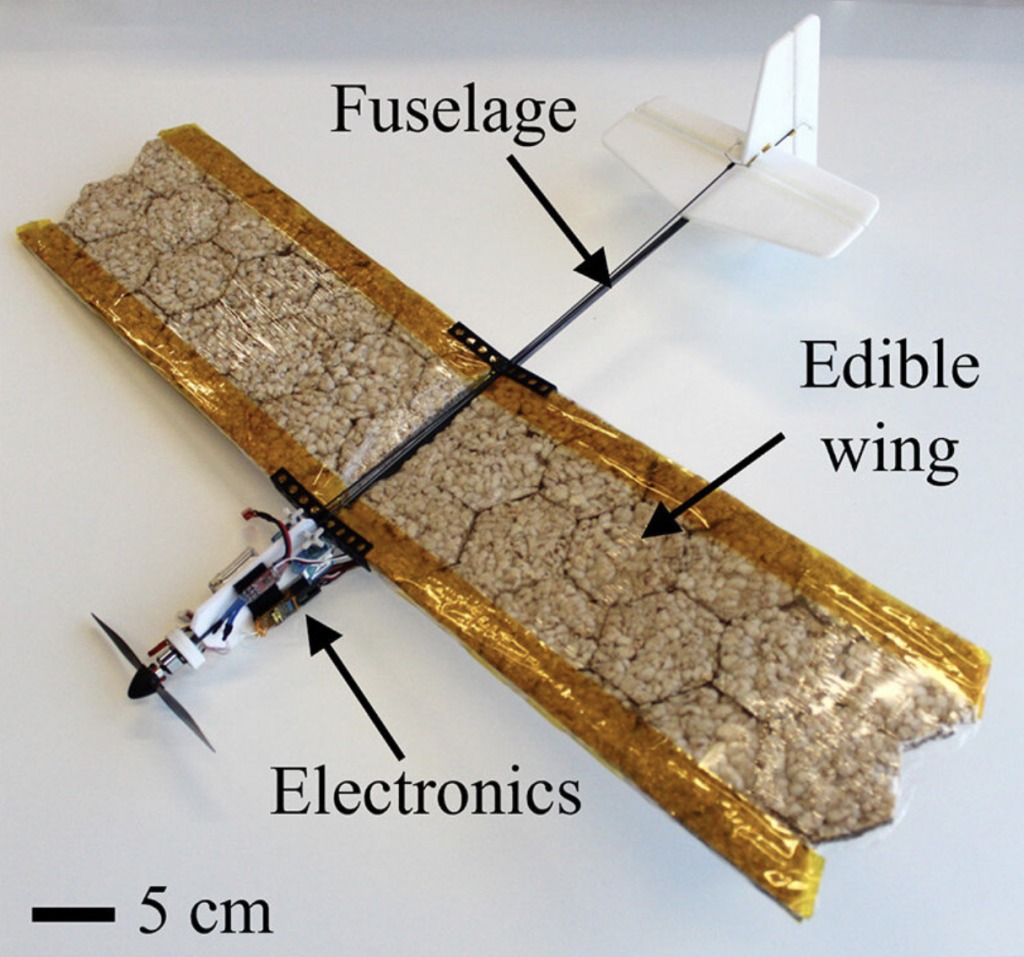
Edible drone by EPFL
Traditionally, drones have been used to deliver food, medicine, and supplies to inaccessible locations. But their usefulness has been limited by how much they can carry—typically only 10% to 30% of their own mass. EPFL’s edible drone flips that equation. By constructing parts of the drone from consumable materials, researchers were able to boost its food-to-weight ratio to 50%, meaning the drone isn’t just a delivery vehicle—it’s part of the delivery itself. The current prototype can supply up to 300 calories and even carry an additional payload, such as water, for enhanced support in survival situations.
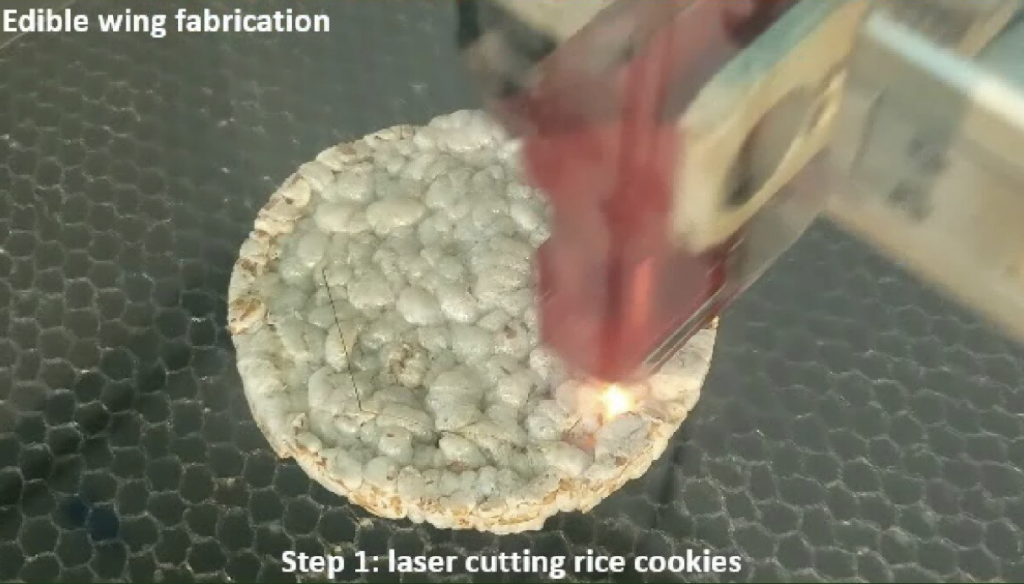
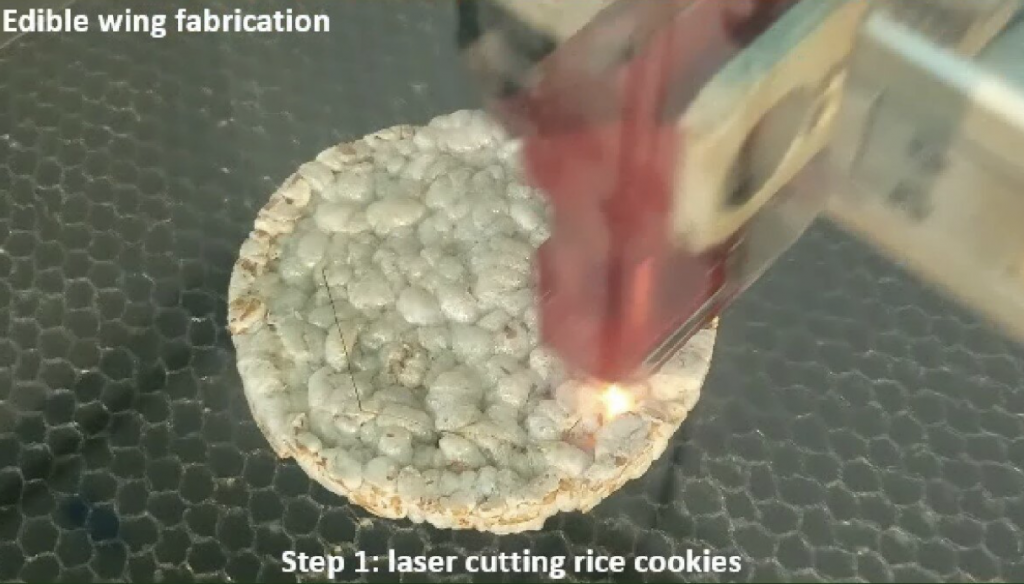

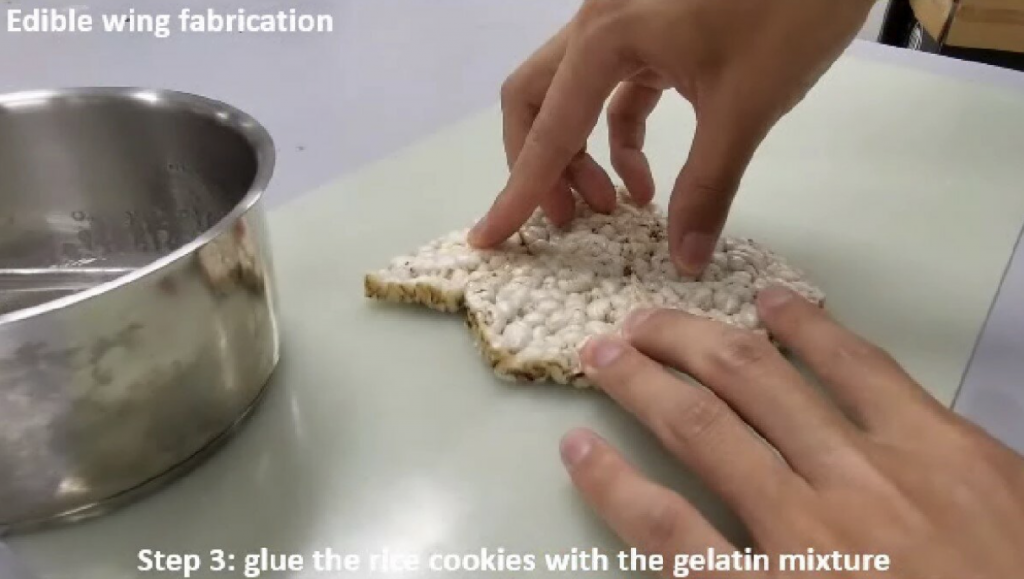
Edible drone by EPFL
Beyond its immediate practical use, the drone also addresses environmental concerns. Unlike conventional drones, which often contribute to waste if left behind, this edible version is far more biodegradable. Whether consumed by the person in need or broken down by the environment, the drone leaves a smaller ecological footprint. It’s a striking example of how thoughtful design can meet urgent human needs while considering sustainability at every level.
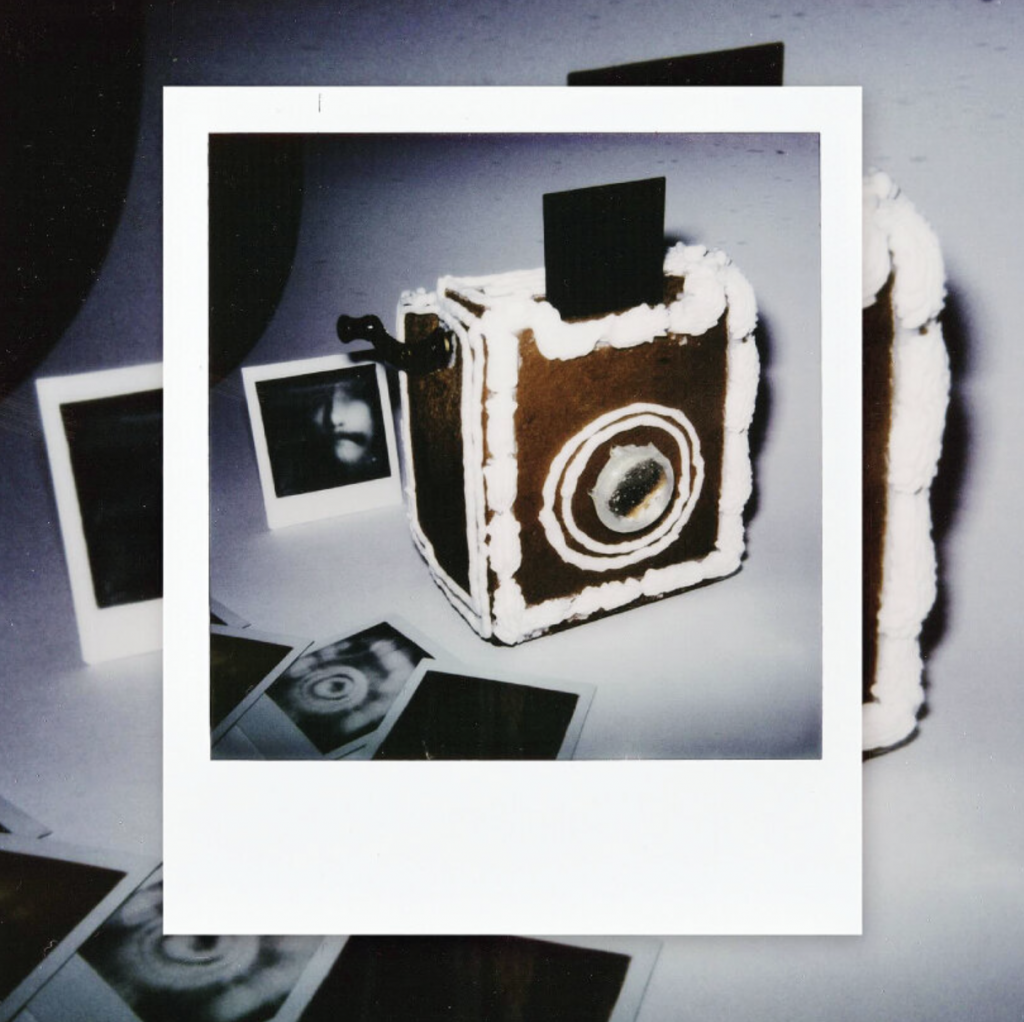
Edible camera by Dmitri Tcherbadji
Building on the growing trend of edible devices, Vancouver-based photographer and Analog Cafe founder Dmitri Tcherbadji has crafted a fully functional—and fully snackable—film camera wrapped in gingerbread cookies and icing. Topped with a sugary candy lens, the camera captures Instax Square photos with a hazy, dreamlike quality that echoes the whimsical nature of the device itself. While traditional optics take a backseat to flavor and festivity, the resulting blur adds to the camera’s nostalgic charm, reminiscent of vintage Polaroid aesthetics.
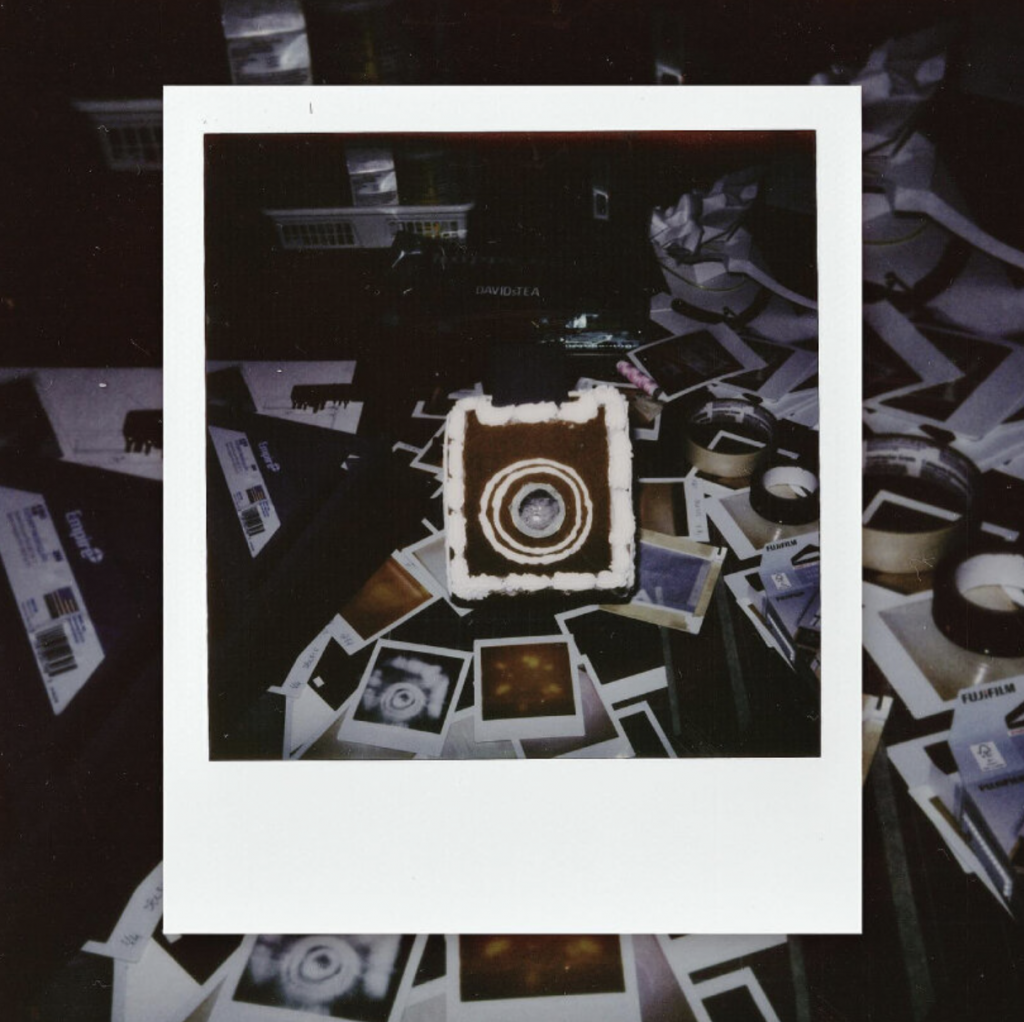
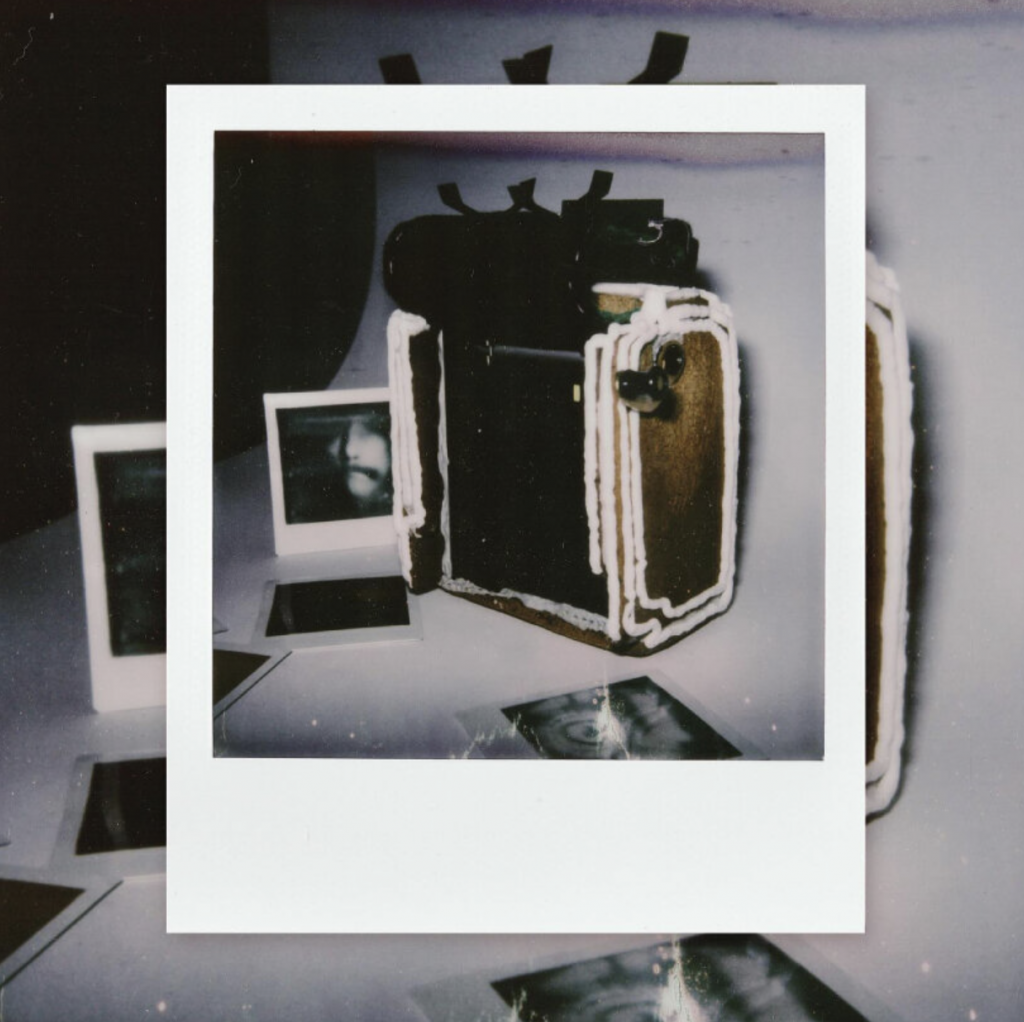
Edible camera by Dmitri Tcherbadji
The true genius of Tcherbadji’s edible camera lies in its playful dual purpose: after snapping memories, the user can literally consume the medium. The gingerbread shell peels off into bite-sized treats, the icing can be licked clean like frosting on a cake, and the candy lens dissolves in the mouth like a hard candy. What remains is a functioning camera core and a handful of analog prints—souvenirs from a photo shoot that doubles as a dessert course.
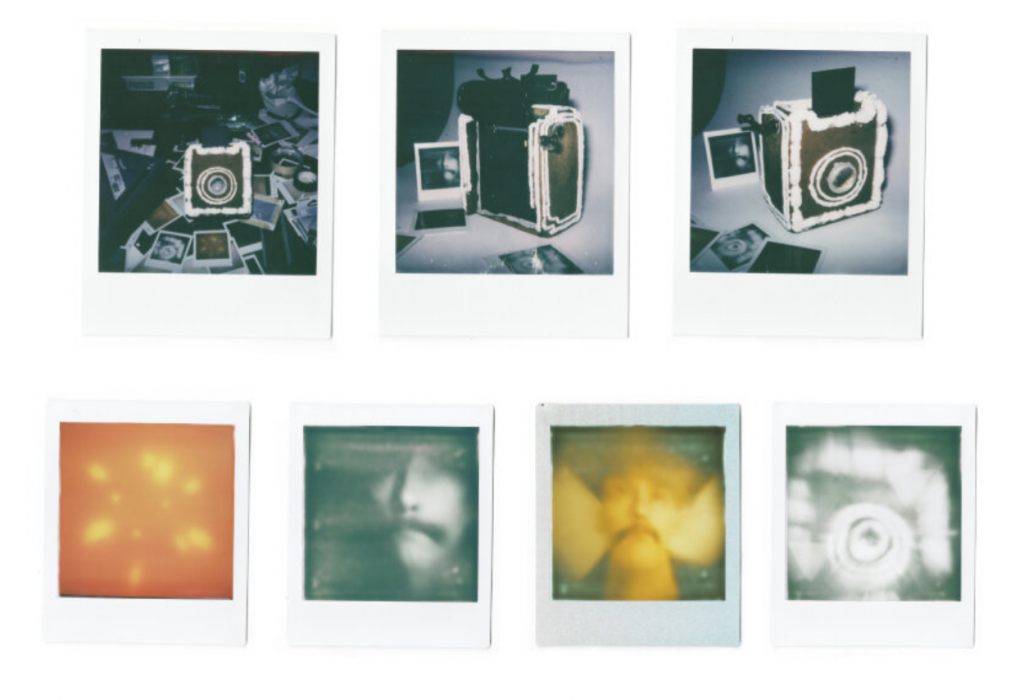
Edible camera by Dmitri Tcherbadji
While the edible film camera may not win any awards for image sharpness, it reimagines the boundaries between creativity, utility, and indulgence. It’s a holiday-ready experiment in sensory design, encouraging makers and photographers alike to blend technology with playfulness. For those dreaming of a gingerbread workshop with a twist, Tcherbadji’s camera offers the perfect mix of craft, nostalgia, and sweet reward.

RoboCake by EPFL and the Istituto Italiano di Tecnologia (also header image)
While Tcherbadji’s edible camera captures fleeting moments before becoming a sugary snack, RoboCake—a robotic wedding cake developed by researchers from EPFL and the Istituto Italiano di Tecnologia—offers a more elaborate performance. This multi-tiered dessert is powered by edible rechargeable batteries and topped with dancing gummy bears, animated by internal pneumatic systems and chocolate-based energy cells.
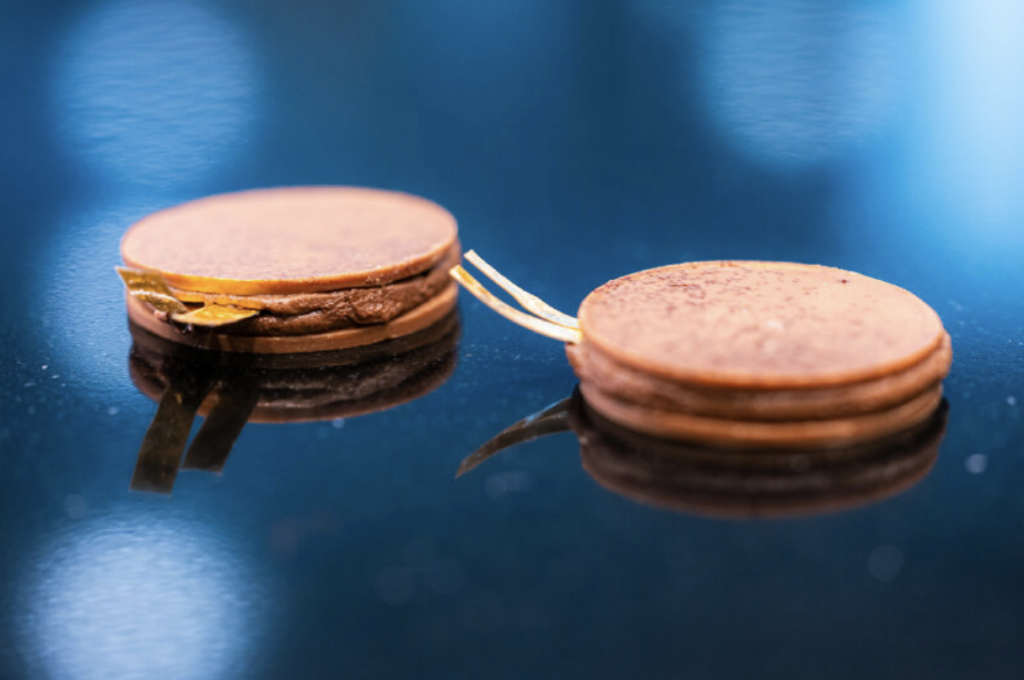
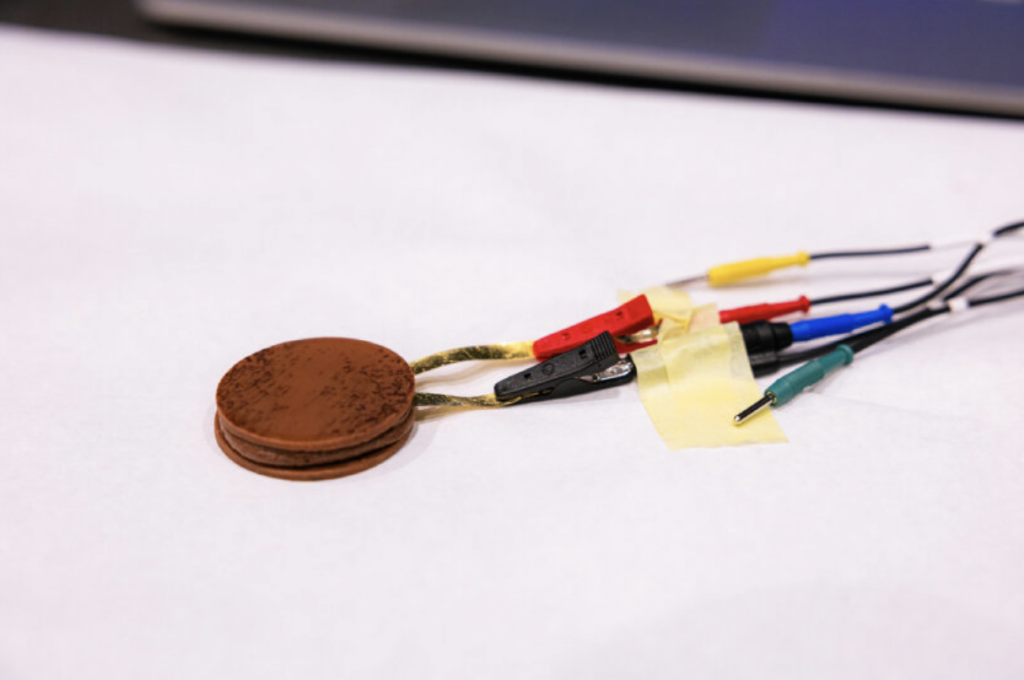
RoboCake by EPFL and the Istituto Italiano di Tecnologia
Where the camera leans into DIY charm and analog nostalgia, this futuristic cake is more than a showstopper—it’s a fully interactive, edible experience. At its peak, two red gummy bears dance in synchronized sways, brought to life by a pneumatic system that channels air through their gelatinous forms, adding a whimsical flair to the culinary-robotic hybrid.
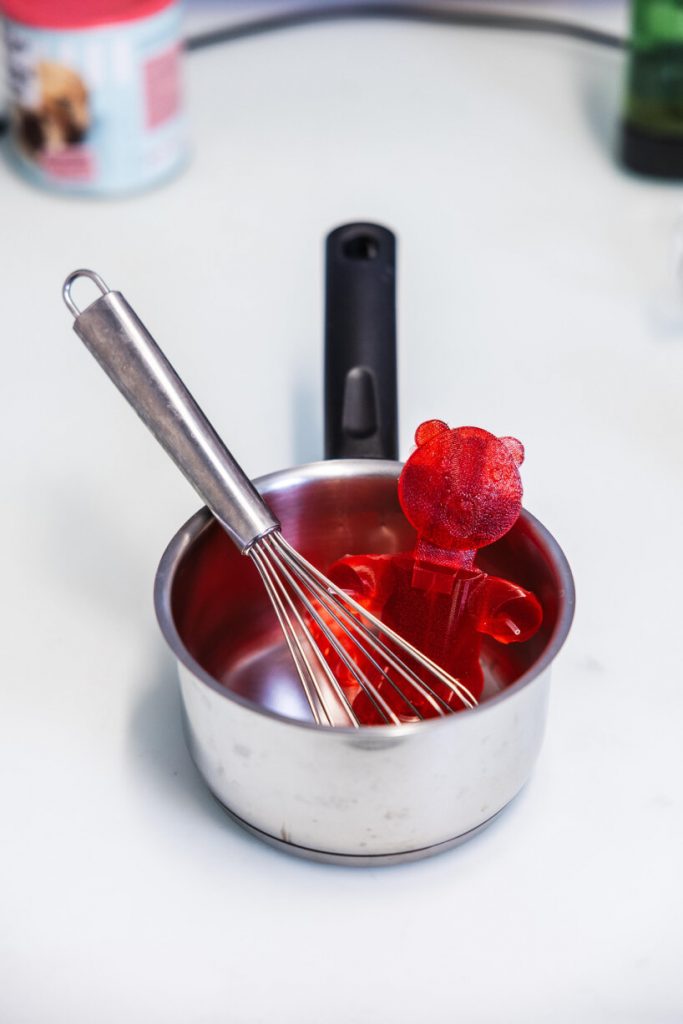
RoboCake by EPFL and the Istituto Italiano di Tecnologia
Crafted with input from pastry chefs and food scientists at EHL Hospitality Business School in Lausanne, RoboCake isn’t just for show—it’s entirely safe and surprisingly tasty. The gummy bears, made from gelatin, syrup, and colorants, carry a sweet pomegranate flavor and the familiar chewy texture of classic candy. On the lower tier, dark chocolate discs serve as edible rechargeable batteries, cleverly engineered with vitamin B2, quercetin, activated carbon, and chocolate. These not only power the bears’ movements but also illuminate LED candles nestled throughout the cake.
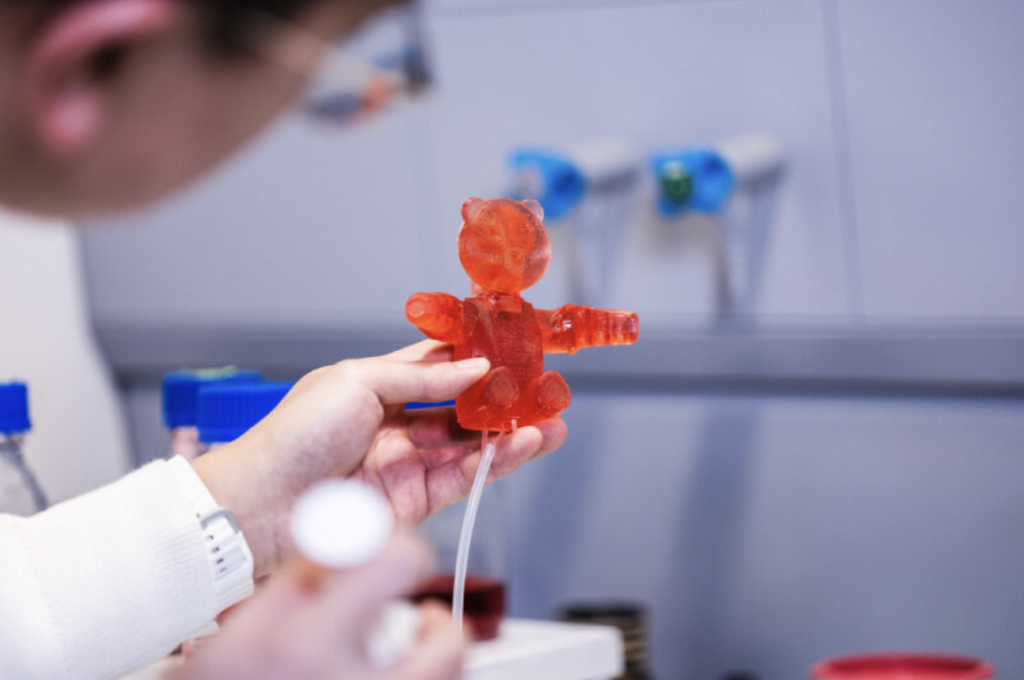
RoboCake by EPFL and the Istituto Italiano di Tecnologia
Guests are invited to taste the future, quite literally. The chocolate batteries offer a rich dark chocolate flavor followed by a brief tang from the edible electrolyte—an unexpected twist that lasts just a few seconds. This fusion of robotics and pastry artistry proves that tech-enhanced food doesn’t have to compromise on flavor or creativity. Beyond its delightful novelty, RoboCake points toward a future where edible, biodegradable tech could help reduce electronic waste. Whether or not dancing gummy bears become a wedding staple, one thing is certain: with the RoboFood project leading the charge, the world of interactive, sustainable desserts is heating up.